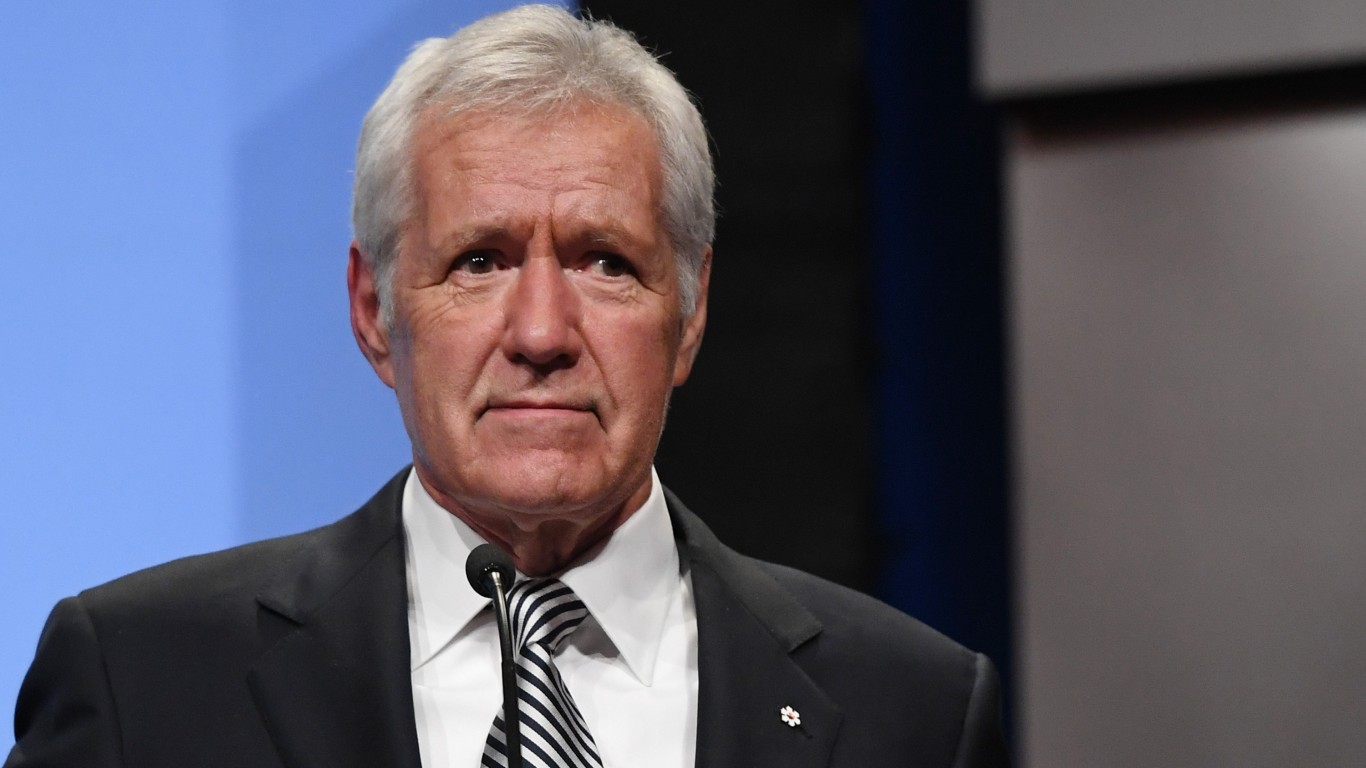
The Federal Bureau of Investigation (FBI) recently issued its most recent “Crime in the United States” annual report, which covers 2019. The report gathers figures on criminal offenses, arrests and “police employee data” from law enforcement agencies that voluntarily participate in the FBI’s Uniform Crime Reporting Program. Because of the nature of the collection process, the FBI admits the report is less than perfect. The crimes reported span from minor property crimes to burglaries and car thefts, to rapes and murders.
The FBI puts lumps together “murder and nonnegligent manslaughter.” The University of New Mexico offers a definition of the terms. Together they are defined as “the willful (non-negligent) killing of one human being by another.”
In 2019, there were 15,020 cases of murder and nonnegligent manslaughter, up from 14,915 in 2018.
Most of these cases, out of a total of 11,762, were in cities. Of those, 6,185 were in cities with 250,000 or more residents. Cities with a population of a million or more accounted for 2,209.
Of the cases, 2,442 were in metropolitan counties and 3,917 were in suburban areas. Several of America’s largest metropolitan statistical areas had over 300 murders. These include Los Angeles at 565, Miami at 399, Detroit at 363 and Baltimore at 348.
In terms of murders, the United States does not rank high based on “intentional homicides,” a term used by the United Nations Office on Drugs and Crime, which keeps global statistics. This term does not have exactly the same definition as the FBI’s preferred term. Of 230 nations it measured in 2018, the United States ranked at 104th, at 4.96 per 100,000. El Salvador had the worst rate at 52.02. Jamaica was also high on the list at 43.85.
The large countries with low murder rates include Singapore at 0.16 and Japan at 0.26.
According to the “Recent Violent Crime Trends in the United States” study from the Congressional Research Service, the national homicide rate surged from 1960 until 1972. It remained at a fairly high level until 1994, when it started to drop sharply. It bottomed in 2010, which brought it back near the 1960 level, and remained near that level through last year.
Are You Still Paying With a Debit Card?
The average American spends $17,274 on debit cards a year, and it’s a HUGE mistake. First, debit cards don’t have the same fraud protections as credit cards. Once your money is gone, it’s gone. But more importantly you can actually get something back from this spending every time you swipe.
Issuers are handing out wild bonuses right now. With some you can earn up to 5% back on every purchase. That’s like getting a 5% discount on everything you buy!
Our top pick is kind of hard to imagine. Not only does it pay up to 5% back, it also includes a $200 cash back reward in the first six months, a 0% intro APR, and…. $0 annual fee. It’s quite literally free money for any one that uses a card regularly. Click here to learn more!
Flywheel Publishing has partnered with CardRatings to provide coverage of credit card products. Flywheel Publishing and CardRatings may receive a commission from card issuers.
Thank you for reading! Have some feedback for us?
Contact the 24/7 Wall St. editorial team.
 24/7 Wall St.
24/7 Wall St.


